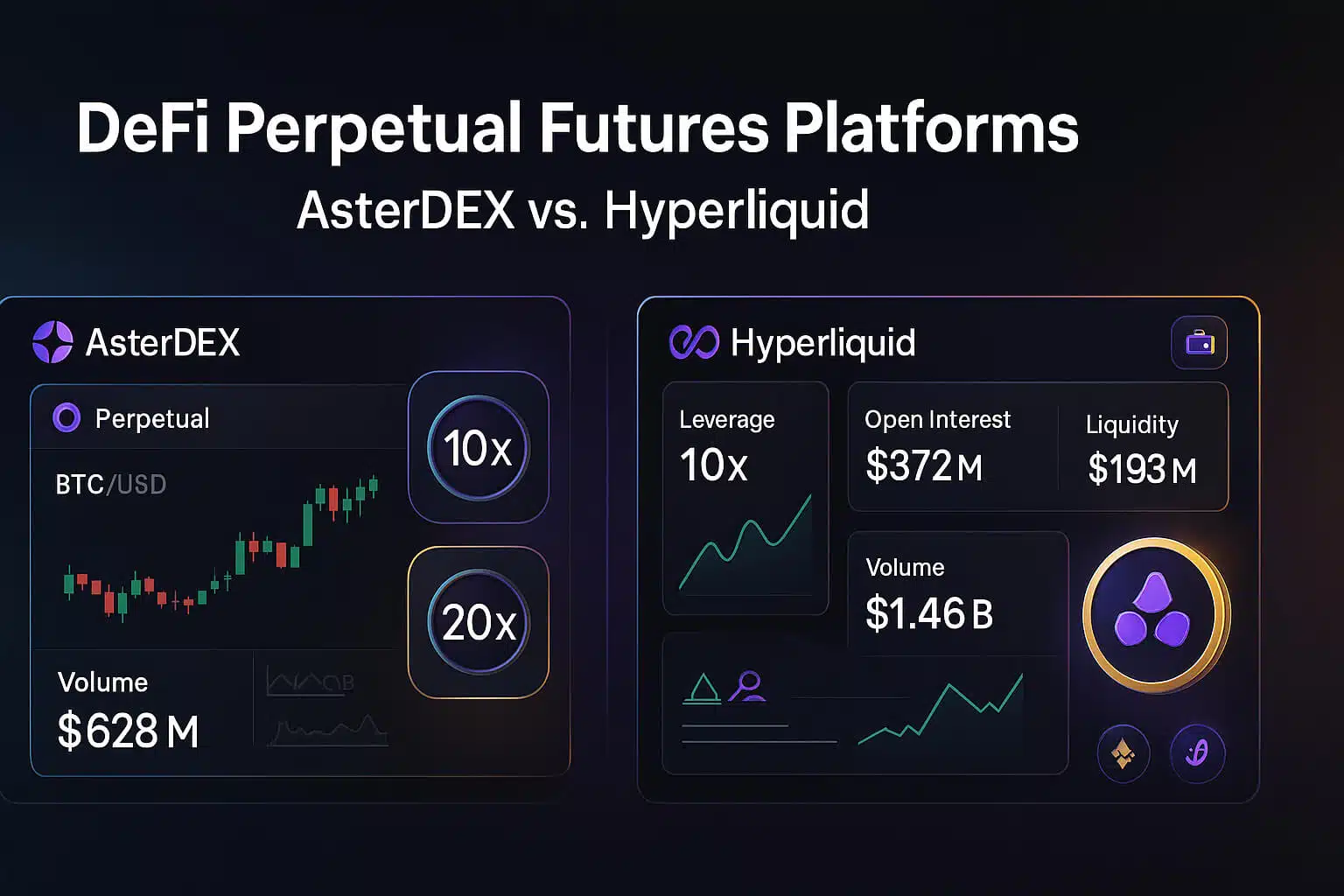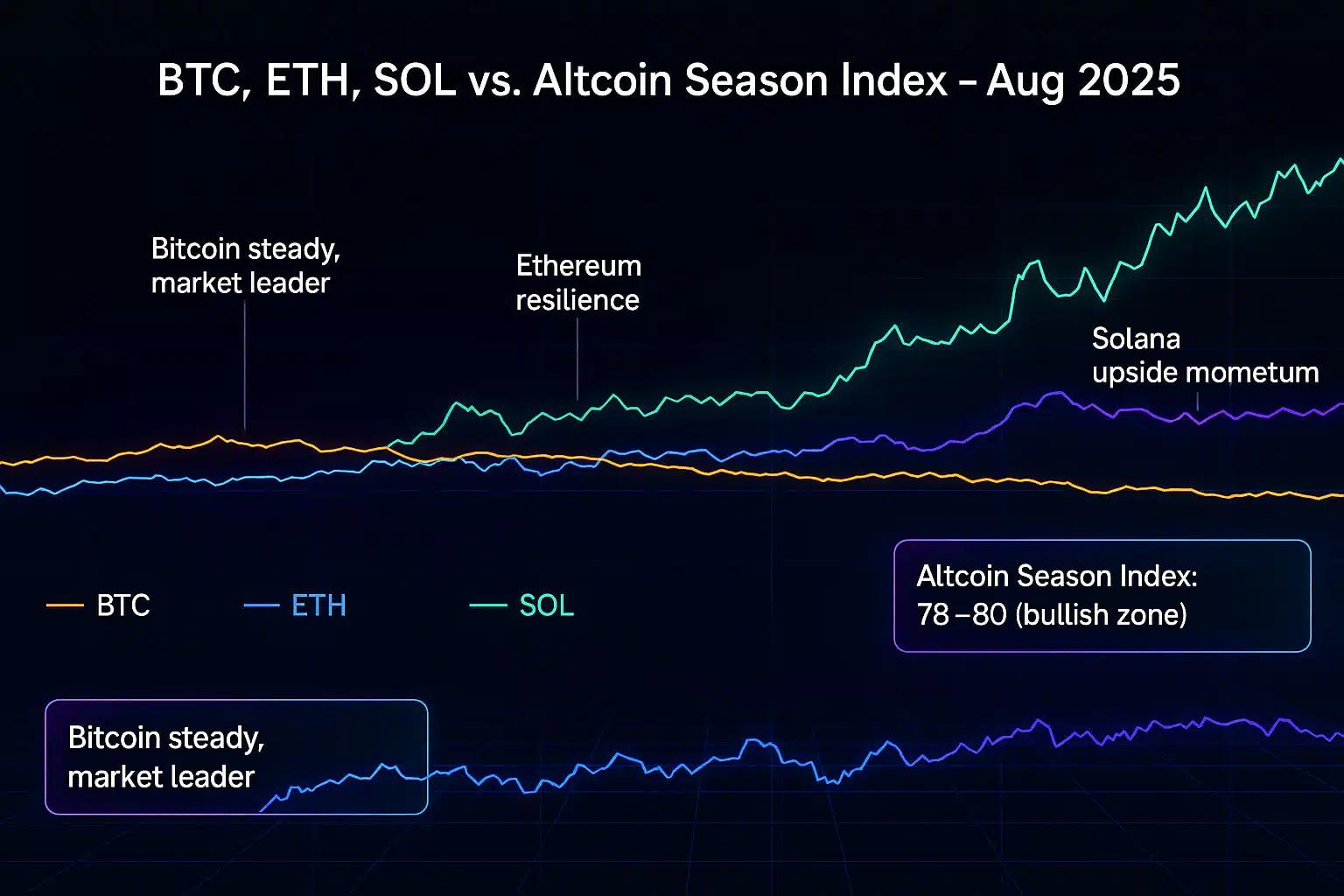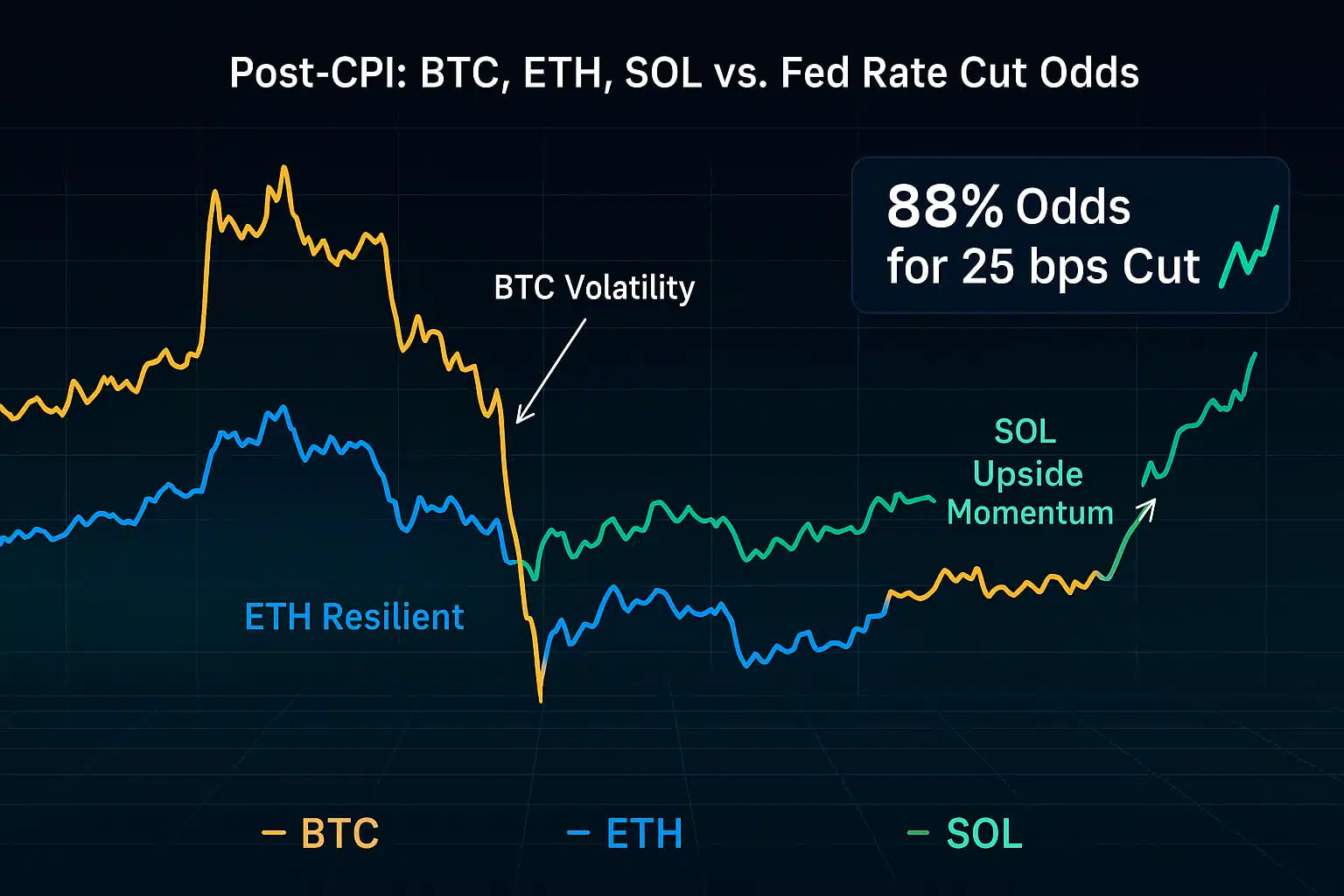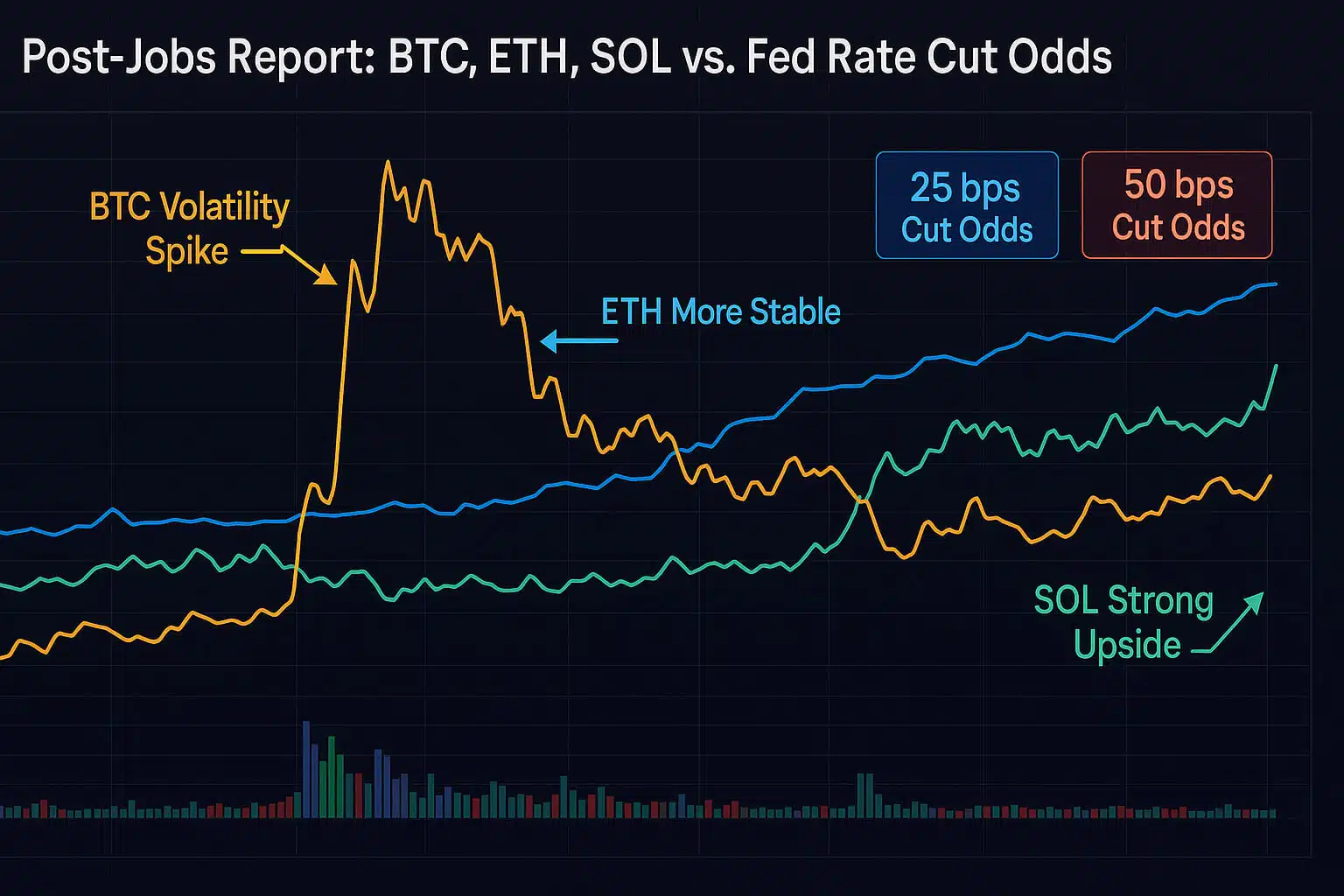1. Introduction: The Role of Liquidity Pools in DeFi
Decentralized Finance (DeFi) has introduced a new way to manage and trade digital assets without relying on traditional financial intermediaries. The concept of liquidity pools stands as one of the core innovations enabling this shift. Liquidity pools play a crucial role in the functioning of decentralized exchanges (DEXs) like Uniswap, SushiSwap, and PancakeSwap, by providing liquidity for trading pairs in a decentralized manner. This article offers a detailed explanation of liquidity pools, their workings, and their significance in the DeFi ecosystem.
Why Liquidity Pools Matter
Liquidity pools eliminate the need for order books and centralized market makers, offering a more democratic and accessible way for users to trade digital assets. Understanding how liquidity pools operate is crucial for anyone participating in the DeFi space.
2. What Are Liquidity Pools?
Liquidity pools are collections of funds locked in a smart contract that provide liquidity for decentralized exchanges and other DeFi protocols. These pools allow users to trade cryptocurrencies without needing a direct counterparty on the other side of the trade. Instead of matching buyers with sellers, trades are executed against the liquidity in the pool, which liquidity providers (LPs) constantly supply.
- Key Characteristics of Liquidity Pools:
- Decentralization: Liquidity pools operate without a central authority, relying on smart contracts to manage and facilitate trades.
- Automated Market Making (AMM): Liquidity pools are a key component of AMM protocols, where the price of assets is determined by a mathematical formula rather than traditional order books.
- Liquidity Providers: Users contribute funds to a liquidity pool and earn a portion of the trading fees generated by the pool.
3. How Liquidity Pools Work

Liquidity pools function by enabling users to deposit pairs of tokens into a smart contract, creating a pool of liquidity that others can trade against. Here’s a step-by-step explanation of how liquidity pools operate:
3.1 Depositing Tokens
When a user wants to provide liquidity, they deposit an equal value of two different tokens into a liquidity pool. For example, in a pool for ETH/USDT, the user deposits both ETH and USDT in equal value. This process ensures that the pool maintains a balanced ratio of assets.
- Example:
- A user provides liquidity to an ETH/USDT pool by depositing 1 ETH (worth $2,000) and 2,000 USDT into the pool. This deposit adds liquidity to the pool, allowing others to trade ETH for USDT and vice versa.
3.2 Automated Market Making (AMM)
Once the tokens are deposited, the AMM algorithm automatically determines the price of each asset in the pool based on the ratio of the tokens. As users trade against the pool, the ratios change, which in turn adjusts the price. The most common AMM formula is the constant product formula (x * y = k), where x and y represent the quantities of the two tokens, and k is a constant value.
- Constant Product Formula:
- In the ETH/USDT pool, if someone buys ETH using USDT, the amount of ETH in the pool decreases while the amount of USDT increases. The AMM adjusts the price of ETH accordingly, ensuring that the product of the two assets’ quantities remains constant.
3.3 Earning Trading Fees
Liquidity providers earn a share of the trading fees generated by the pool. Every time a trade occurs, a small percentage of the trade value is collected as a fee and distributed among the liquidity providers based on their share of the pool.
- Example:
- If a pool charges a 0.3% fee on trades and a liquidity provider owns 10% of the pool, they receive 10% of the fees collected from each trade.
3.4 Impermanent Loss
One of the risks associated with providing liquidity is impermanent loss. This happens when the price of the deposited assets changes significantly compared to when they were deposited. Although liquidity providers earn fees, the value of their staked assets could be lower than if they had simply held the tokens outside the pool.
- Example:
- A liquidity provider deposits ETH and USDT into a pool. If the price of ETH rises significantly while their funds are locked in the pool, the value of their deposited ETH (when withdrawn) may be less than if they had held the ETH without providing liquidity.
4. Benefits of Liquidity Pools
Liquidity pools offer several advantages that make them a vital component of the DeFi ecosystem:
4.1 Continuous Liquidity
Unlike traditional exchanges, where liquidity can dry up during periods of low trading activity, liquidity pools ensure that liquidity is always available for trading. This continuous availability allows for smoother and faster transactions.
4.2 Democratization of Market Making
Liquidity pools allow anyone to become a market maker by providing liquidity, removing the barriers that typically exist in traditional financial markets. This democratization enables more participants to contribute to the market and earn rewards.
4.3 Passive Income
By providing liquidity to a pool, users can earn passive income through the fees generated by trades. This feature makes liquidity pools an attractive option for long-term holders of cryptocurrencies who want to put their assets to work.
5. Risks and Challenges of Liquidity Pools
While liquidity pools offer numerous benefits, they also come with risks that potential liquidity providers should consider:
5.1 Impermanent Loss
As mentioned earlier, impermanent loss poses a significant risk for liquidity providers. It can lead to a situation where the value of the assets deposited in the pool is lower than if the assets had been held outside the pool.
5.2 Smart Contract Risks
Since liquidity pools rely on smart contracts, they are susceptible to bugs, vulnerabilities, or exploits. A flaw in the smart contract could lead to a loss of funds.
5.3 Market Volatility
The volatile nature of cryptocurrency markets can affect the returns of liquidity providers. Sudden price swings can impact the value of the assets in the pool and the fees generated.
Conclusion: The Importance of Understanding Liquidity Pools
Liquidity pools are a cornerstone of the DeFi ecosystem, enabling decentralized trading and providing liquidity in a way that traditional financial systems cannot. By understanding how liquidity pools work, their benefits, and the associated risks, you can make more informed decisions when participating in the DeFi space. Whether you’re an investor, trader, or DeFi enthusiast, liquidity pools offer a unique way to engage with the crypto market and potentially earn passive income.
For more insights and detailed guides on decentralized finance, explore our DeFi Guides section.
Stay Updated
For the latest updates on liquidity pools and DeFi trends, follow us on:
Stay informed with the latest strategies and insights in the world of decentralized finance at FreeCoins24.io.
Special Offer
Ready to dive into liquidity pools? Sign up on Bybit today and take advantage of up to $30,000 in deposit bonuses. Start trading on top DeFi platforms with confidence.

















